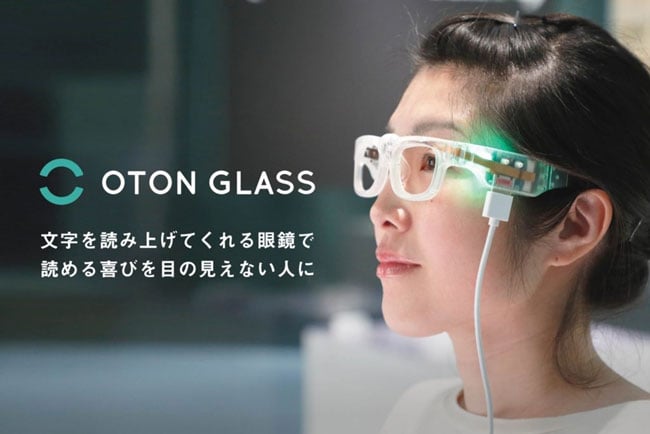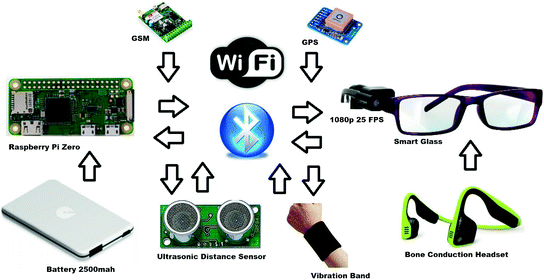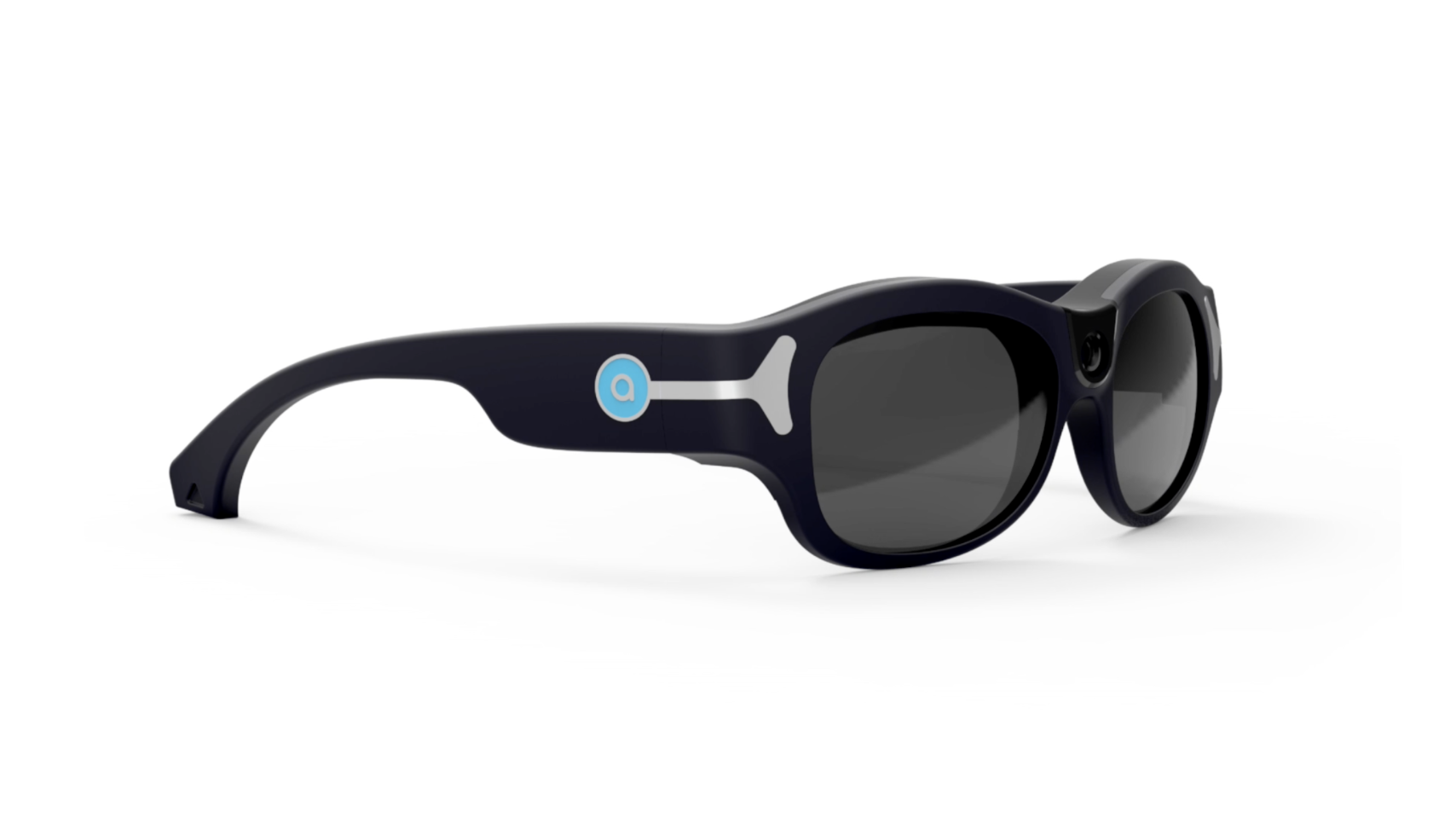Enhancing Accessibility With Assistive Modern Technology for the Blind
The combination of assistive innovation for the blind stands for an essential development in ease of access, fundamentally altering how people browse their atmospheres and involve with society. As we explore the varied kinds of assistive tools and their tangible influences on daily living, it ends up being crucial to check out exactly how continuous technological developments are reshaping the landscape of support for the blind neighborhood.
Overview of Assistive Modern Technology
Assistive modern technology refers to a series of devices and software created to boost the capacities of people with handicaps, including those that are visually impaired or blind. This innovation plays a crucial role in advertising freedom and enhancing the lifestyle for customers. By offering alternative techniques for accessing info and performing day-to-day tasks, assistive innovation equips individuals to browse their atmospheres better.
The advancement and implementation of assistive innovation embrace a selection of principles targeted at fostering access. These principles consist of user-centered design, which prioritizes the demands and preferences of the person, and the integration of modern technology into daily tasks. Such improvements ensure that assistive gadgets are not just functional however easy and likewise instinctive to use.
Moreover, assistive technology includes a varied range of services, from low-tech choices like magnifiers to sophisticated developments such as display viewers and Braille displays. The ongoing development of this area is driven by the need to deal with the special obstacles encountered by people with visual disabilities (Wearable technology for low vision). As innovation remains to advance, the potential for enhancing ease of access and advertising inclusivity continues to be encouraging, inevitably contributing to a more equitable society

Kinds of Assistive Devices
Various sorts of assistive devices are offered to support individuals who are aesthetically damaged or blind, each made to address specific needs and difficulties. These tools can be extensively classified into three main types: low-tech, mid-tech, and high-tech services.
Low-tech devices include items such as magnifiers, Braille tags, and responsive maps. These are fairly basic tools that enhance the user's ability to connect with their setting without needing complicated technology.
Mid-tech tools usually include advanced features, such as digital magnifiers and portable Braille note-takers. These tools can provide capabilities like speech outcome, permitting individuals to accessibility info more effectively.

Influence On Daily Living
The accessibility of numerous assistive devices considerably improves the top quality of life for individuals who are blind or visually impaired, influencing their daily living in profound methods. By incorporating modern technologies such as screen readers, Braille displays, and audio description services into their regimens, customers obtain greater autonomy and independence. These tools help with accessibility to info, making it possible for people to perform everyday tasks, such as reading emails, navigating public spaces, and taking pleasure in media material.
Additionally, assistive tools equip people to engage more fully in social interactions and community activities. The ability to utilize smart devices outfitted with accessibility attributes permits smooth interaction and connection with others. This connectivity fosters a feeling of belonging and lowers sensations of seclusion.
In expert settings, assistive technology sustains efficiency by enabling individuals to full job jobs effectively. Tools like voice recognition software program and specialized magnifying gadgets enable customers to take part in the workforce on equal ground with their sighted peers.

Advancements in Modern Technology
Current technological advancements have actually considerably transformed the landscape of devices available for people who are blind or visually damaged. The combination of expert system (AI) and maker learning has actually generated applications that improve navigation and item recognition. hop over to these guys For instance, smartphone applications can now make use of AI to determine and define surroundings in real-time, giving individuals with valuable contextual info.
Additionally, improvements in haptic modern technology have caused the development of clever canes furnished with sensing units that spot barriers and provide tactile responses. This empowers individuals to navigate their environment with raised confidence and self-reliance. Additionally, advancements in text-to-speech software and braille displays have enhanced the accessibility of electronic material, enabling seamless communication with various media.
Wearable innovations, such as wise glasses, are also making strides in aiding aesthetic problems. As modern technology proceeds to develop, the capacity for even more transformative devices continues to be on the horizon.
Future Trends and Innovations
As innovation swiftly progresses, the future of assistive tools for people who are blind holds enormous pledge. Innovations in expert system (AI) and machine knowing are positioned to change the way blind users engage with their settings. For example, AI-driven applications are being developed to improve item acknowledgment, permitting customers to identify and navigate their environments with better convenience and precision.
Additionally, innovations in haptic responses modern technology are making it possible for the creation of tactile maps and navigation help that give real-time information through touch. These innovations not just enhance wheelchair but likewise foster independence. Additionally, wearable gadgets outfitted with augmented truth (AR) functions are emerging, offering individuals aesthetic information with audio summaries, therefore linking the space between the digital and physical globes.
Moreover, the combination of wise home technology presents new opportunities for ease of access, allowing people to manage their living environments through voice commands or smart device applications. As partnership between technology designers and the blind community proceeds, the emphasis on user-centered design will certainly make sure that future developments are tailored to satisfy the distinct needs of this populace (Wearable technology for low vision). The trajectory of assistive technology assures a much more empowering and comprehensive future for individuals that are blind
Conclusion
In verdict, assistive technology plays a vital duty in enhancing availability for people with visual disabilities. Continual advancements in innovation and user-centered layout ensure that these devices provide properly to the unique requirements of the blind neighborhood.
The combination of assistive technology for the blind represents a critical improvement in access, basically modifying just how individuals browse their atmospheres and involve with society.Assistive technology refers to a range of devices and software application developed to improve the abilities of individuals with impairments, including those who are blind or visually impaired. Wearable technology for low vision.As modern technology quickly advances, the future of assistive tools for individuals get redirected here that are blind holds tremendous assurance. The trajectory of assistive modern technology guarantees a much more empowering and inclusive future for people that are blind
In final thought, assistive technology plays an important role in enhancing access for people this article with visual impairments.